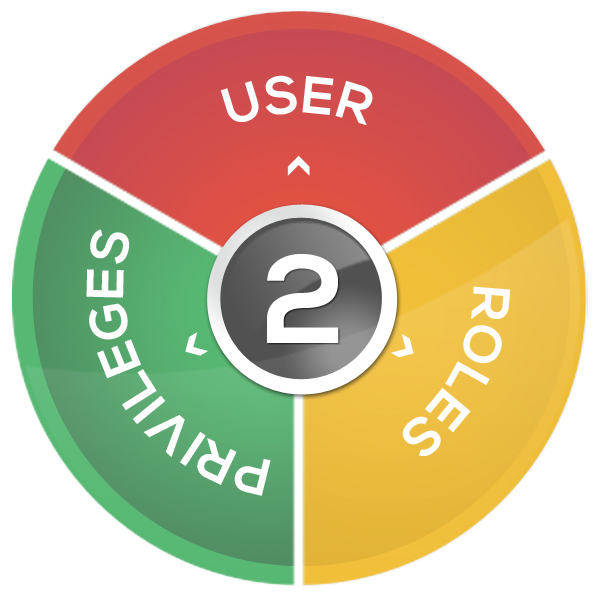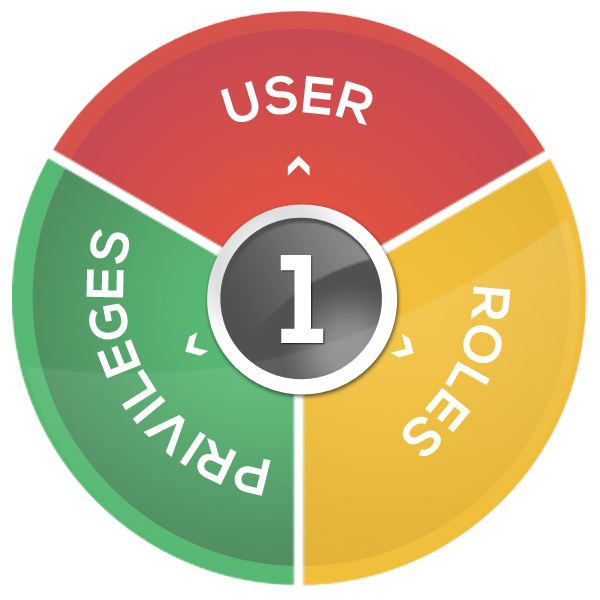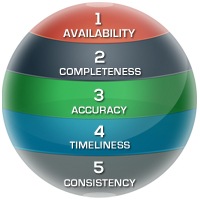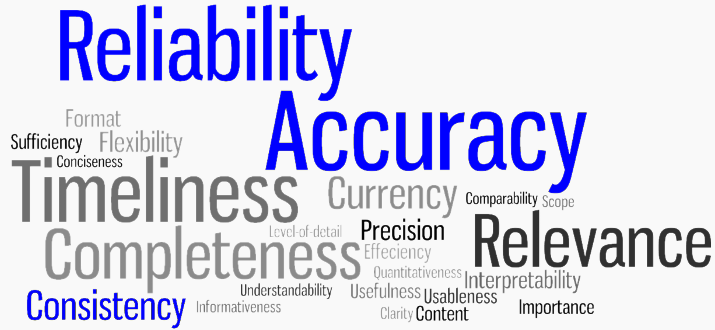9 Cyber Security Questions Every Executive Should Ask
According to 2015 Cost of Cyber Crime, recently released by The Ponemon Institute, the minimum cost of cyber crime to a company was $1.9M while the maximum cost was as much as $65M. As news of major cyber attacks becomes an almost weekly occurrence, organizations are still struggling to define a security model and determine how […]
9 Cyber Security Questions Every Executive Should Ask Read More »










